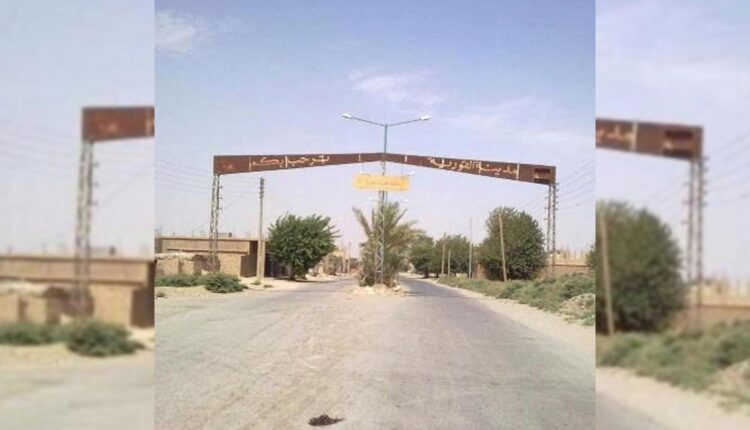Unknown Attackers Kill Two Syrian Soldiers, Civilian in Eastern Deir ez-Zor
By Kardo Roj
QAMISHLI, Syria (North Press) – Two Syrian soldiers and one civilian were killed Thursday in an armed attack by unidentified assailants in the town of al-Quriyah, located in the eastern countryside of Deir ez-Zor, amid worsening security conditions in the region.
According to North Press Agency’s correspondent in Deir ez-Zor, the attack targeted a military post near the Ain Ali area in al-Quriyah during a severe dust storm that drastically reduced visibility. The perpetrators, still unknown, reportedly took advantage of the storm to carry out the assault undetected.
Local sources said the attack occurred in the early morning hours and involved small arms fire. The military post, part of the Syrian government’s network of outposts in the region, suffered casualties before reinforcements could respond. The identities of the victims have not been publicly released.
The attack underscores the persistent instability in Syria’s eastern region, particularly in territories with overlapping spheres of influence. While the area of al-Quriyah remains under Syrian government control, adjacent regions further north and east are administered by the Autonomous Administration of North and East Syria (AANES) and secured by the Syrian Democratic Forces (SDF).
Though no group has claimed responsibility, Deir ez-Zor has seen repeated incidents involving ISIS remnants and other armed actors, particularly in areas along the Euphrates River. These attacks typically target government checkpoints, patrols, and sometimes civilians suspected of collaborating with rival factions.
Security experts note that the complex tribal landscape, economic deterioration, and contested control have made eastern Syria a hotbed for asymmetric violence. The latest attack follows a series of similar incidents reported over recent months, including assassinations and improvised explosive device (IED) attacks.
Meteorological conditions reportedly played a key role in facilitating the ambush. A heavy dust storm had swept across much of eastern Syria on Thursday morning, bringing visibility to near zero levels in several parts of Deir ez-Zor. Residents and local monitoring groups have previously warned that such natural phenomena often coincide with spikes in militant activity, as security forces struggle to maintain surveillance and mobility.
While the attack occurred outside the areas administered by AANES, the volatile security environment in the broader Deir ez-Zor region poses continued risks to civilians and humanitarian operations. The SDF, which has led extensive counterterrorism campaigns against ISIS sleeper cells in adjacent regions such as al-Busayrah and Hajin, has consistently emphasized the importance of regional coordination to prevent the resurgence of extremist networks.
Analysts suggest that such attacks, if left unaddressed, could contribute to broader destabilization efforts in the region, especially as Syria remains fragmented between various military and political actors. With no clear claim of responsibility, the motives behind Thursday’s attack remain speculative, though patterns of violence suggest it may be linked to ongoing tensions between government forces and hostile elements operating covertly in the area.

